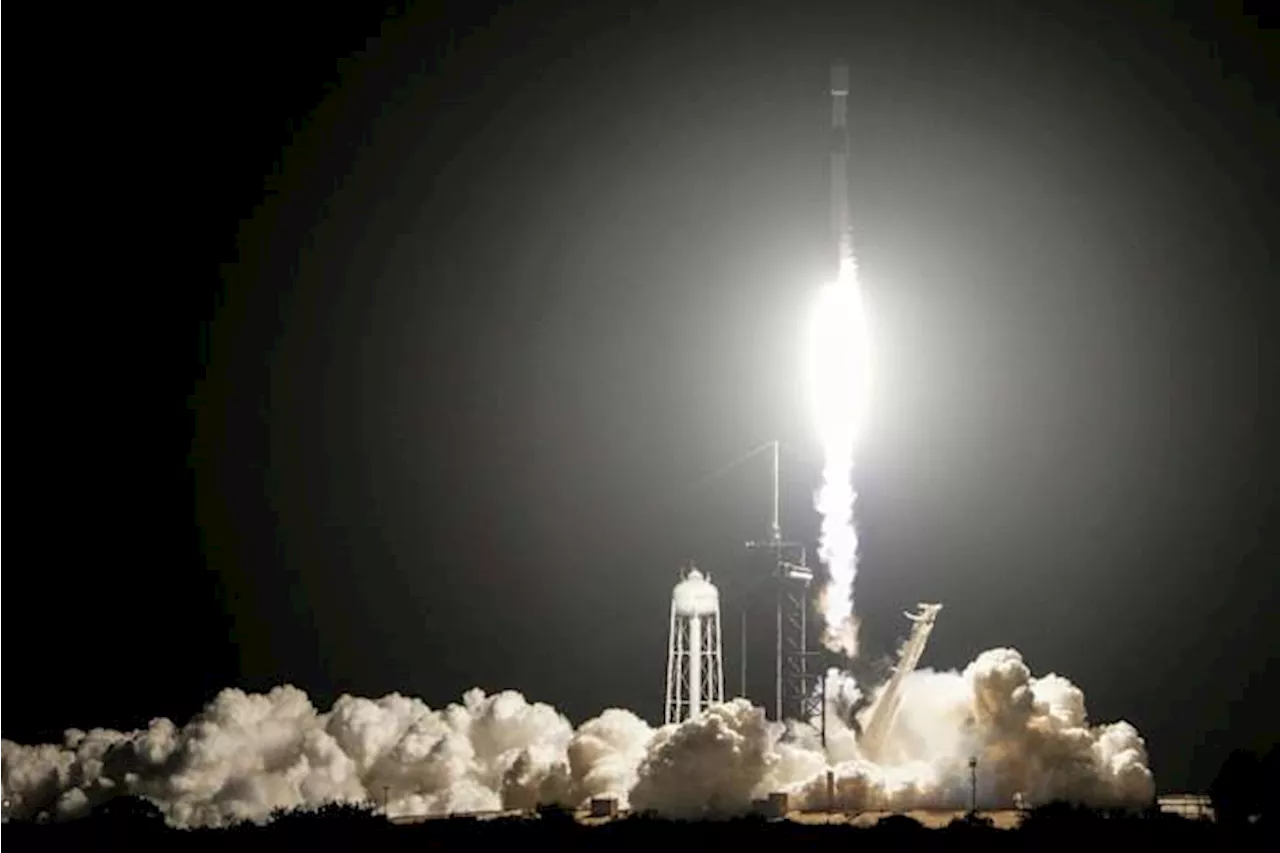A SpaceX Falcon 9 rocket successfully launched two lunar landers, Blue Ghost and Resilience, towards the moon. The private and NASA-funded missions aim to conduct scientific experiments and pave the way for future human lunar exploration.
A SpaceX Falcon 9 rocket launched two lunar landers from NASA 's Kennedy Space Center in Cape Canaveral, Florida, marking a significant step towards renewed lunar exploration. The landers, Firefly Aerospace 's Blue Ghost and ispace's Resilience, carried a variety of scientific instruments and experiments designed to pave the way for future human missions to the moon. Blue Ghost, named after a species of U.S.
Southeastern fireflies, is scheduled to land in Mare Crisium, a volcanic plain in the northern latitudes, in early March. Resilience, slightly larger, will take four to five months to reach its destination, aiming for a touchdown in late May or early June at Mare Frigoris, an even farther north location on the moon's near side.Both landers will operate for two weeks in constant daylight, shutting down when darkness falls. Once on the lunar surface, ispace's 11-pound rover will explore its immediate surroundings, traveling up to hundreds of yards in circles at a slow pace. Notably, the rover carries a special payload: a toy-size red house designed by a Swedish artist.This mission, funded by NASA, represents a collaborative effort between private companies and government agencies, demonstrating the growing role of commercial space exploration. The successful landing of both landers would represent a significant milestone for lunar exploration, contributing valuable data and technological advancements that will support future human missions
Lunar Landers Spacex Firefly Aerospace Ispace NASA Moon Exploration Artemis Program
United States Latest News, United States Headlines
Similar News:You can also read news stories similar to this one that we have collected from other news sources.
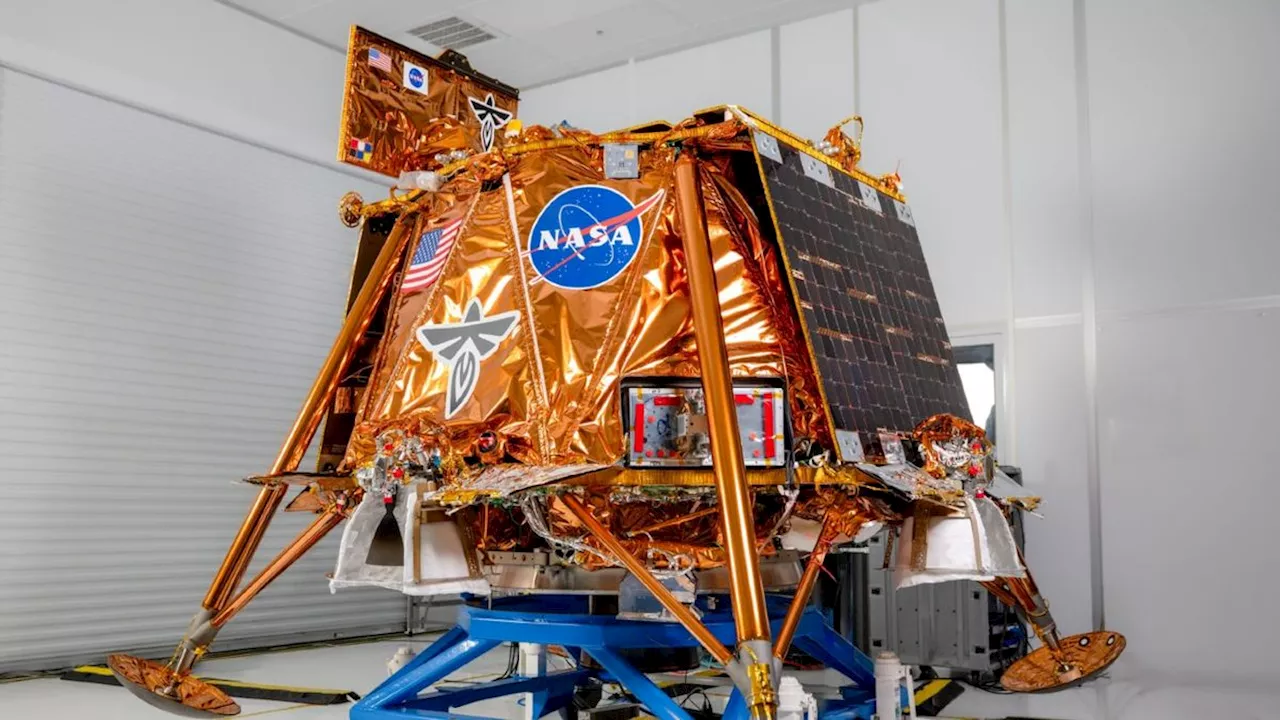 SpaceX to Launch Two Private Lunar Landers in JanuarySpaceX is preparing for a historic double moon landing mission, with two private lunar landers set to launch early Wednesday morning. Both landers, Blue Ghost and Resilience, will carry out scientific experiments and demonstrate the increasing accessibility of lunar exploration.
SpaceX to Launch Two Private Lunar Landers in JanuarySpaceX is preparing for a historic double moon landing mission, with two private lunar landers set to launch early Wednesday morning. Both landers, Blue Ghost and Resilience, will carry out scientific experiments and demonstrate the increasing accessibility of lunar exploration.
Read more »
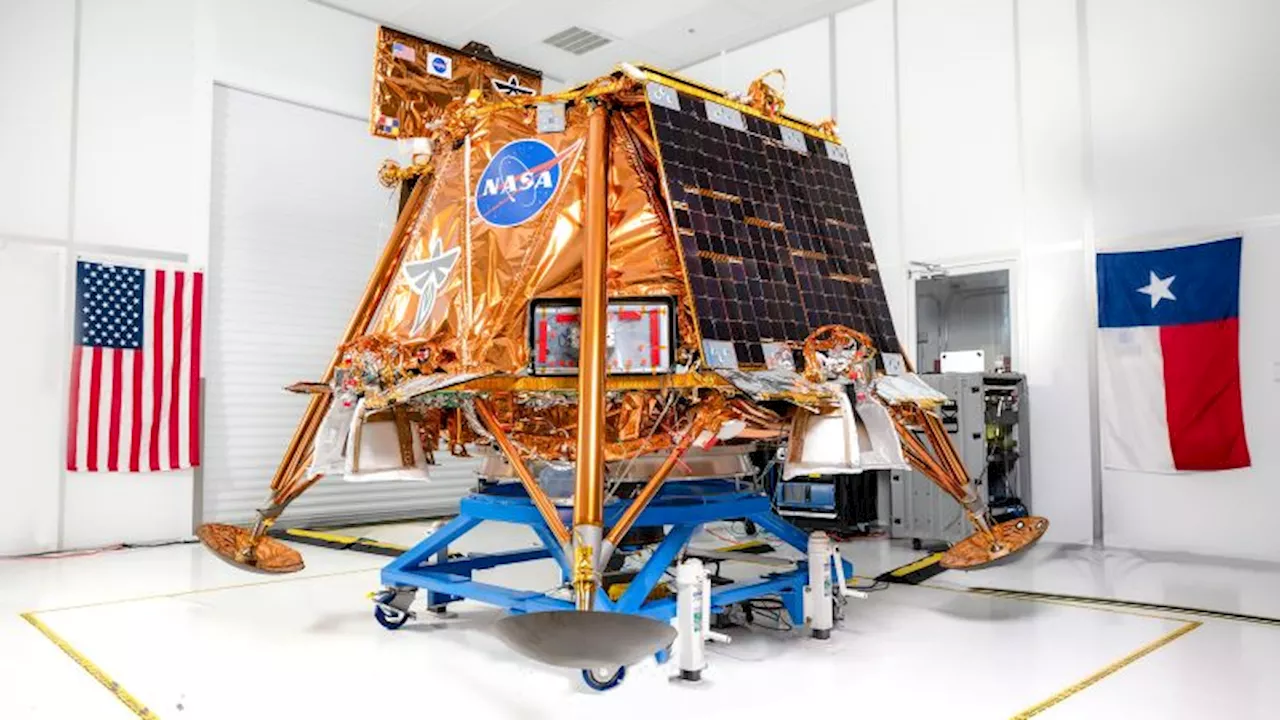 SpaceX Set to Launch Two Lunar Landers Kickstarting a Busy Year for Moon MissionsA SpaceX Falcon 9 rocket is scheduled to launch two lunar landers, Blue Ghost by Firefly Aerospace and Hakuto-R by Ispace, towards the moon. This launch marks a significant milestone in the renewed race to establish a long-term human presence on the lunar surface, with several missions planned for the year. Both landers will embark on different trajectories to reach the moon, with Blue Ghost aiming for a landing near Mons Latreille, a volcanic feature on the lunar surface.
SpaceX Set to Launch Two Lunar Landers Kickstarting a Busy Year for Moon MissionsA SpaceX Falcon 9 rocket is scheduled to launch two lunar landers, Blue Ghost by Firefly Aerospace and Hakuto-R by Ispace, towards the moon. This launch marks a significant milestone in the renewed race to establish a long-term human presence on the lunar surface, with several missions planned for the year. Both landers will embark on different trajectories to reach the moon, with Blue Ghost aiming for a landing near Mons Latreille, a volcanic feature on the lunar surface.
Read more »
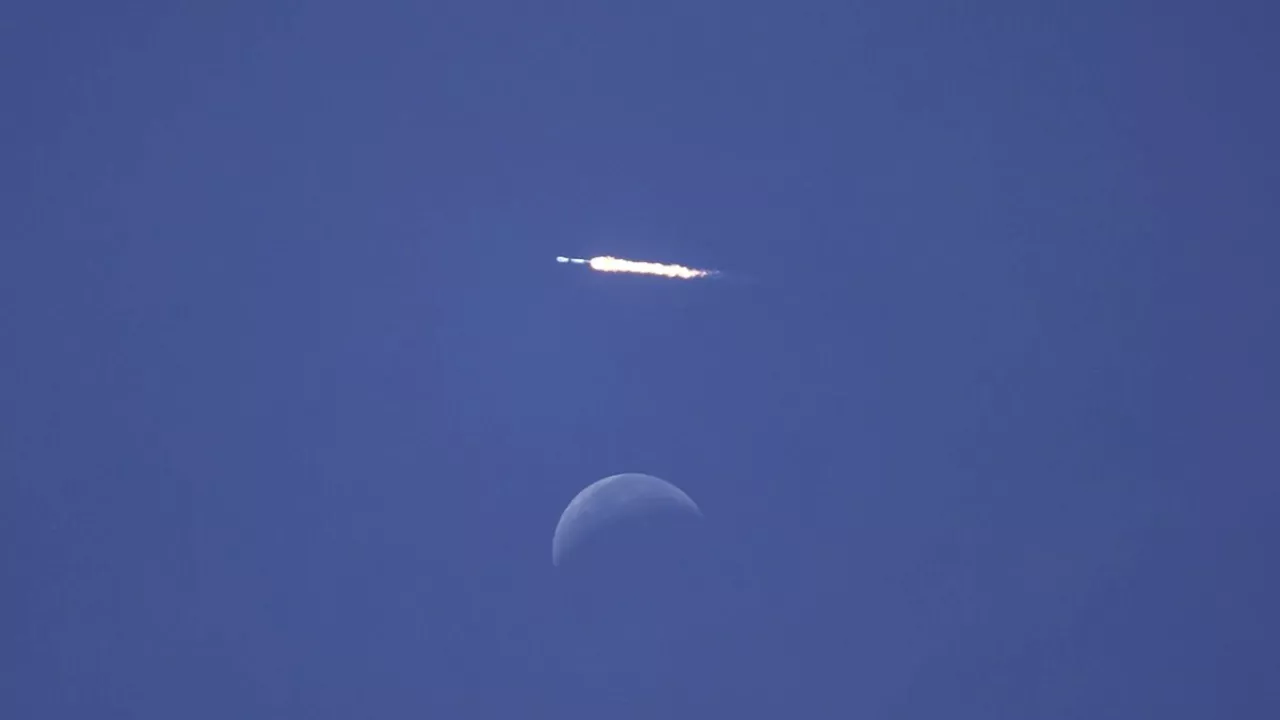 SpaceX will launch 2 private lunar landers this week, kicking off busy year for moon missionsJosh Dinner is Space.com's Content Manager. He is a writer and photographer with a passion for science and space exploration, and has been working the space beat since 2016.
SpaceX will launch 2 private lunar landers this week, kicking off busy year for moon missionsJosh Dinner is Space.com's Content Manager. He is a writer and photographer with a passion for science and space exploration, and has been working the space beat since 2016.
Read more »
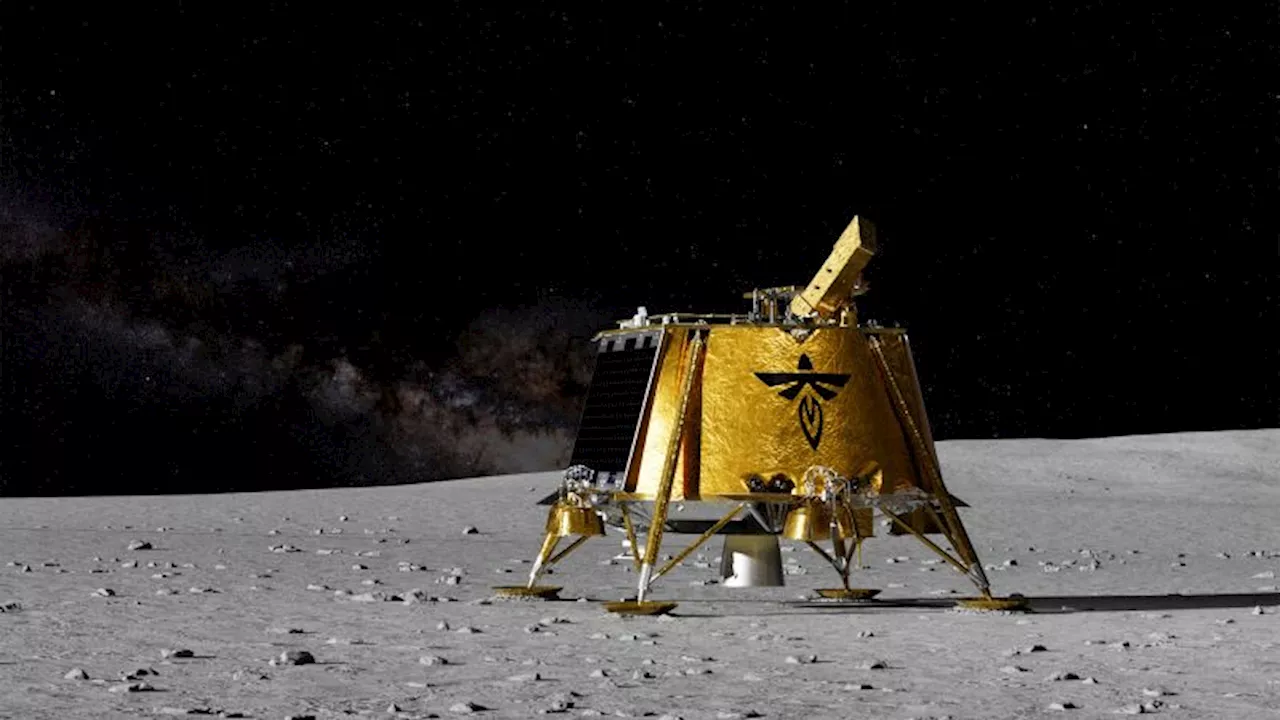 Lunar Landers Set for Second Chance in 20252025 is shaping up to be a pivotal year for lunar exploration, with multiple uncrewed missions aiming to reach the moon. Companies like Firefly Aerospace and Ispace, after previous setbacks, are making renewed attempts, while others like Intuitive Machines are building on their successes. These missions are crucial stepping stones for future human lunar landings.
Lunar Landers Set for Second Chance in 20252025 is shaping up to be a pivotal year for lunar exploration, with multiple uncrewed missions aiming to reach the moon. Companies like Firefly Aerospace and Ispace, after previous setbacks, are making renewed attempts, while others like Intuitive Machines are building on their successes. These missions are crucial stepping stones for future human lunar landings.
Read more »
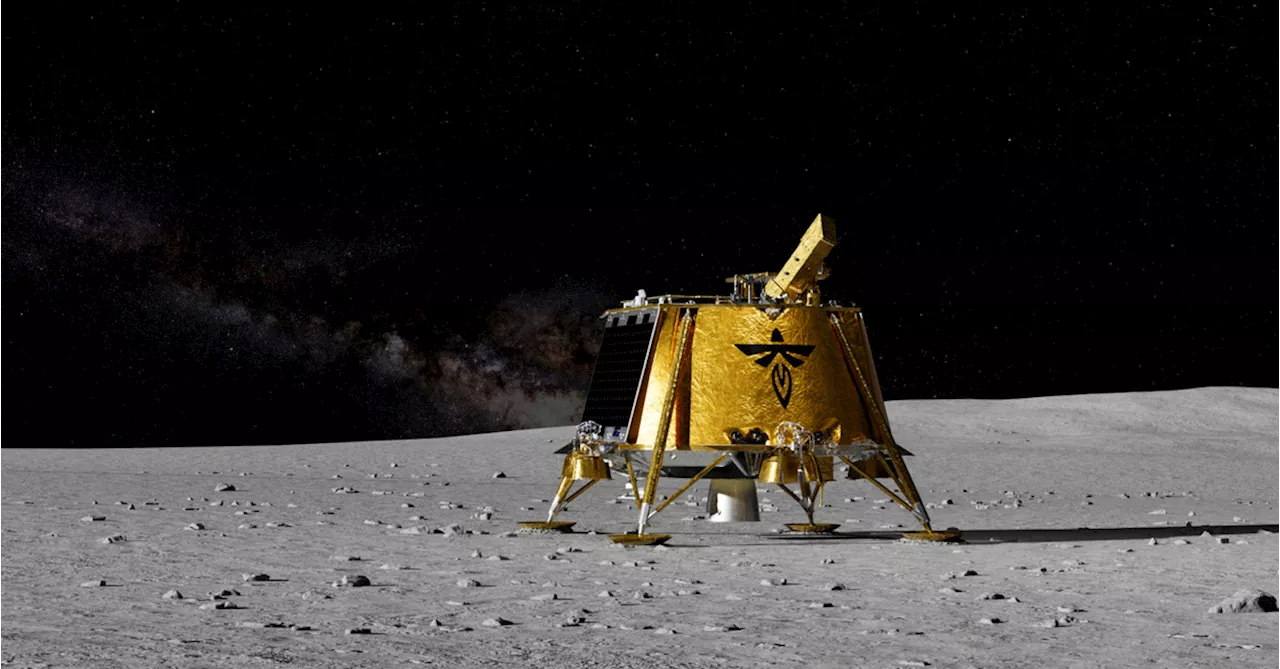 Two Landers Set to Touch Down on Moon's Mare CrisiumFirefly Aerospace and iSpace's landers will explore the lunar surface for scientific data.
Two Landers Set to Touch Down on Moon's Mare CrisiumFirefly Aerospace and iSpace's landers will explore the lunar surface for scientific data.
Read more »
 University of Illinois Students Propose Lunar Infrastructure Module for Sustained Lunar ExplorationA group of students at the University of Illinois Urbana-Champaign have proposed a lunar infrastructure module called THEIA, designed to support long-term lunar missions. THEIA would focus on providing power, communications, transportation, and in-situ resource utilization (ISRU) capabilities to the lunar south pole. The proposal, submitted as part of NASA's Revolutionary Aerospace Systems Concepts – Academic Linkage project, envisions THEIA being delivered by a SpaceX Starship and utilizing LUNARSABER poles and robots for setup.
University of Illinois Students Propose Lunar Infrastructure Module for Sustained Lunar ExplorationA group of students at the University of Illinois Urbana-Champaign have proposed a lunar infrastructure module called THEIA, designed to support long-term lunar missions. THEIA would focus on providing power, communications, transportation, and in-situ resource utilization (ISRU) capabilities to the lunar south pole. The proposal, submitted as part of NASA's Revolutionary Aerospace Systems Concepts – Academic Linkage project, envisions THEIA being delivered by a SpaceX Starship and utilizing LUNARSABER poles and robots for setup.
Read more »
